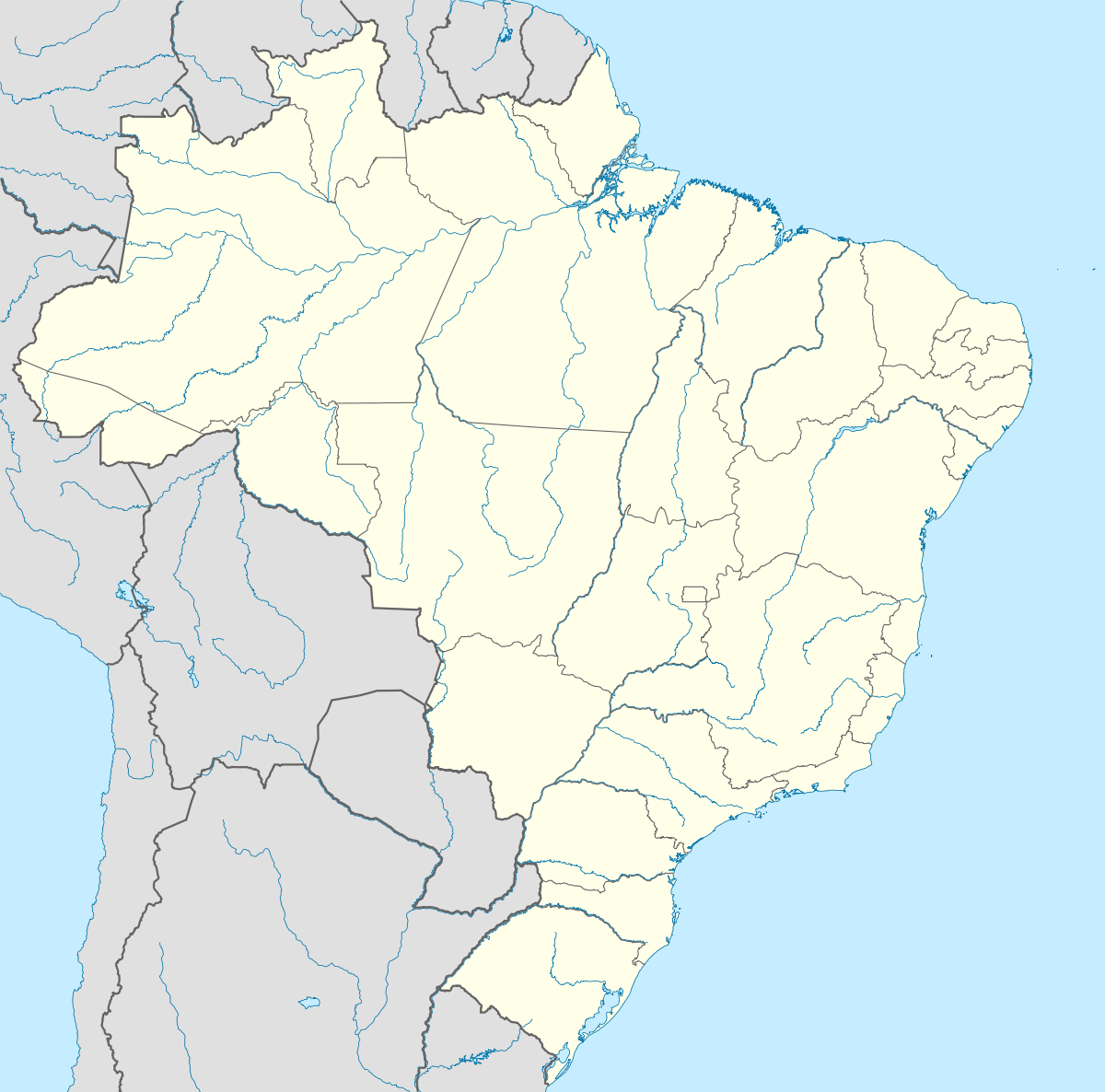Church of Saint Francis of Assisi
| Church of Saint Francis of Assisi | |
|---|---|
|
Igreja de Sao Francisco de Assis Igreja da Pampulha | |
 Church of Saint Francis of Assisi, Pampulha | |
 Church of Saint Francis of Assisi, Pampulha Location of Church of Saint Francis of Assisi in Brazil | |
| General information | |
| Type | Church |
| Architectural style | Modernist |
| Town or city | Belo Horizonte, Minas Gerais |
| Country | Brazil |
| Coordinates | 19°51′30.11″S 43°58′44.31″W / 19.8583639°S 43.9789750°W |
| Affiliation | Roman Catholic Archdiocese of Belo Horizonte |
| Technical details | |
| Floor count | 2 |
| Design and construction | |
| Architect | Oscar Niemeyer |
The Church of Saint Francis of Assisi (Igreja de Sao Francisco de Assis, commonly known as the Igreja da Pampulha) is a church in Pampulha region of Belo Horizonte, in the state of Minas Gerais, southeastern Brazil. It was designed by the Brazilian architect Oscar Niemeyer in the organic modern style. It is the first listed modern architectural monument in Brazil and consists of four undulating concrete parabolas with outdoor mosaics. The distinctive landscape of the church is the work of Roberto Burle Marx, a longtime Niemeyer collaborator.[1]
The church was controversial from the beginning. The mayor of Belo Horizonte, Juscelino Kubitschek, was the patron of the project. Niemeyer said that he was inspired by the French Poet Paul Claudel's statement: "A church is God's hangar on earth," but Time Magazine wrote that the Archbishop of Belo Horizonte, Antonio dos Santos Cabral, saw it as "the devil's bomb shelter."[2] Despite its completion in 1943 and Kubitschek's call for its consecration, it was not consecrated until 1959; Archbishop Cabral opposed both its architectural and artistic forms, particularly the mural of St. Francis behind the altar painted by Candido Portinari. He proclaimed the church "unfit for religious purposes."[2]
A later mayor of Pampulha tried to have it condemned and demolished and when that failed, abused it by filling it with altars and monuments of various styles that did not fit the building. It was finally taken over by the National Department of Artistic and Historical Patrimony.[3] After the church was refurbished by Niemeyer, Auxiliary Archbishop João Rezende Costa (Archbishop Cabral was in virtual retirement by then) finally agreed that the church has "great artistic significance and a spiritual atmosphere" and it was consecrated.[2] He consecrated the church in April 1959, saying "Now we can feel the wonderful art created here in homage to the Creator."[2]
The Church of Saint Francis of Assisi became a UNESCO World Heritage Site in July 2016. It is part of the Pampulha Modern Ensemble, a UNESCO-designated collection of Niemeyer buildings in Pampulha.[4]

See also
References
- ↑ Hepner, Alexandre; Macedo, Silvio Soares (2016). "Landscaping Brazil: The Legacy of Roberto Burle Marx". Architectural Design. 86 (3): 118–125. doi:10.1002/ad.2054. ISSN 0003-8504.
- 1 2 3 4 "Fit for Prayer," Time Magazine, (April 27, 1959), available online at http://www.time.com/time/magazine/article/0,9171,811067,00.html
- ↑ Stamo Papadaki. The Work of Oscar Niemeyer Second Edition. (New York: Reinhold Publishing Corporation, 1951), 93.
- ↑ "Pampulha Modern Ensemble". UNESCO. Retrieved 17 July 2016.
External links
| Wikimedia Commons has media related to Church of Saint Francis of Assisi. |